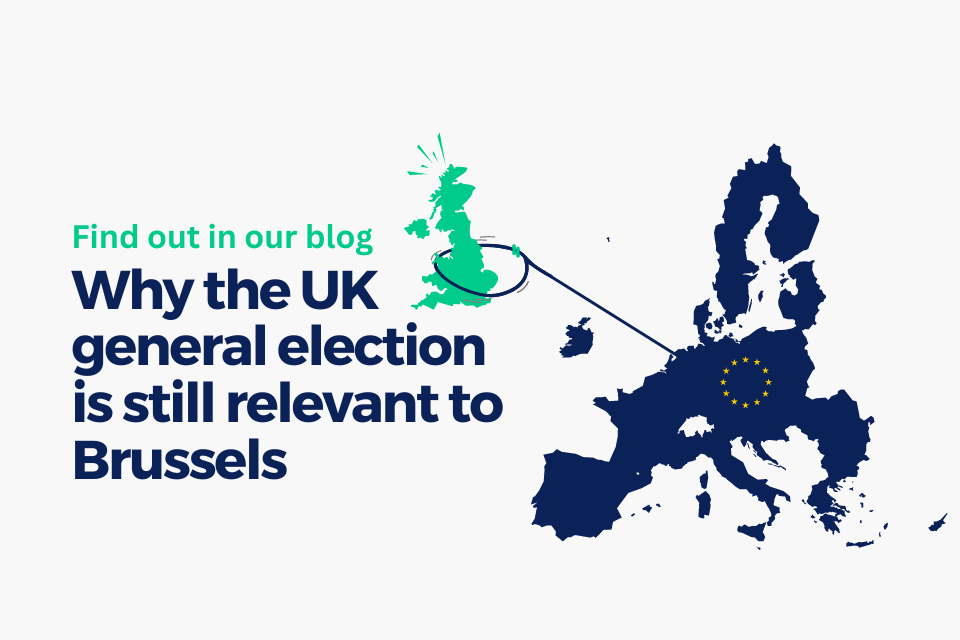Fit for 55 – what to expect next?

Photo by lucas Favre on Unsplash
by Seb Dance, Senior Advisor, Acumen Public Affairs
There’s been much derision aimed at the unfortunate title of the Commission’s package of measures to combat climate change and to bring the EU’s carbon emissions down to 55% of 1990 levels by 2030 and net zero by 2050. The obvious connection to fitness and dating apps has been much commented on, and it is questionable just how many people outside the ‘Brussels Bubble’ are even aware of it. But, aside from my fondness for alliteration, I actually quite like the moniker. This is not because I particularly like it on its own merits, but because it exists at all.
Before the name of the package was unleashed on us, it was common knowledge that the Commission would be conducting a review of all existing and potential legislation pertaining to the delivery of the EU’s Climate Law, which stipulates the targets for the reduction in overall carbon emissions. The review was supposed to leave no areas untouched, but we now know it focusses on just a dozen or so files with a couple more delayed until the autumn at least. Of course, the modest number of files doesn’t mean the scale of ambition contained within them is equally modest. The “Fit for 55” umbrella is more of a branding exercise for policymakers than it is for public consumption and awareness.
Without an umbrella term it is very easy to see how the files in question could disappear into their own separate legislative quagmire and end up being picked apart. And there is no doubt that much of that will happen when the proposals end up going through the various committees and procedures they need to in order to be approved. Taken separately the measures may seem unremarkable. Many of the files – Emissions Trading (ETS), Renewable Energy Directive (RED), vehicle CO2 emission standards – are ones that I worked on as an MEP as recently as the last six years. Their review, renewal and repurposing might not seem that special were it not for the fact that there is a new sense of urgency bound up in the presentation of them. Packaging the measures is also about ensuring there is a certain momentum during the complicated approval process and legislative dance between Council, Parliament and Commission.
In just a few short years, the balance of priorities on climate and wider environmental legislation has certainly shifted. Whereas before it might be seen as the fringe obsession of a few, it has quickly shifted to become a top priority for all but the most fringe political groups. But that should not detract from the fact that divisions that have long held back the most ambitious climate policy are still present and, although they might be less obviously expressed, those divisions will influence the passage and course of a wide range of measures in the Commission’s package.
The first division is the obvious ideological one between ecologists and economists, with the former more disposed to push for ambitious climate proposals and the latter more inclined to protect the needs of industry and the broad status-quo. It is this division that has played out for most of the last cycles of legislative change, but also that which has dissolved the most. The way in which the EU has developed over many decades has always encouraged co-operative dialogue between industry and regulators, but in the wake of several episodes where the transparency of that dialogue has broken down (think of the Dieselgate scandal for instance), there is an increased sense across all political groups that the professed interests of some economic sectors might not always be in the collective economic interests of the EU. As a result, the environmental vs economic argument and trade-offs associated with that divide are becoming fewer and fewer. Even the most entrenched industries recognise the need to transform in order to survive.
The second builds on the first and is geographical. The geographical divide in EU member states runs north-south as well as east-west. It applies to MEPs within political groups (even where the groups’ overall position might be environmentally ambitious) as much as it does to member states in Council. Broadly speaking, the further south and further east you go the more the enthusiasm for bold action wanes. The reasons are complicated but mostly a legacy of history and circumstance. In some cases, such as Poland, issues such as the energy mix are directly intertwined with security and geopolitics and take on an additional dimension. This division, too, is waning. As the economic divide above disintegrates so too do many of the drivers of the geographic divide and this is exacerbated by changes in demographics that sees climate change rise in importance in the overall list of voters’ concerns.
The third divide is one that has not played a significant role historically, but one which is growing and is potentially the biggest threat to the delivery of the Green Deal. As climate change becomes mainstream not just in policy but in everyday parts of civil society the position taken by those opposed to significant action becomes more and more defensive. The result is that climate issues become wrapped up in a culture war that seeks to turn it into another “them vs us” issue, where any change is presented as the elites seeking to impose challenges on everybody else’s daily lives. Given the profound nature of the transition and the scale of change that is being looked at, as well as recent movements such as the “gilets jaunes”, it is not hard to see how such resentment could be easily stoked by populists or even those sympathetic to the need for change but who seek instant electoral wins.
These divisions will be key in shaping the outcome of the negotiations on the package going forward. Crucial also will be the definitions that are attached to the files and whether the Commission can be successful in their assertion that certain measures such as the Carbon Border Adjustment Mechanism (CBAM) or an expansion of the ETS into road transport and buildings do not constitute tax measures, which would require unanimity in council. The success of either initiative would be very much cast into doubt were that to happen, but in any case, the controversy attached to both will be extremely high.
The majority of the proposals will likely face a relatively straightforward passage through the legislative process. The Energy Efficiency Directive, as an example, is one of those initiatives that stands at the crossroads of environmentalism and consumer benefit. Where files can stand at intersections like that, they stand the best chance of gaining maximum support. The exception to that is the CBAM, which has arisen out of both an environmental concern about carbon leakage and heavy industry concern about competitiveness. It had been thought that the quasi-protectionist free allowances would be retained for some sectors, but the Commission has signalled its intention to remove them altogether. The pushback on this will be significant, and I would not presume that the Commission would win this battle. All of which means for the measures to be effective as a whole something else would have to give.
But ultimately there must be widespread public acceptance of the increased upfront cost of the transition. Whether the Social Climate Fund is there as a genuine attempt to mitigate the effects on the poorest in society or just a way to appear to be doing something remains to be seen, but what is completely predictable is the degree to which opponents will focus on the likely rise in energy cost to the average citizen. For the transition to stand the best chance of success the Commission will need to do one of two things: either ensure that the consumer benefitting measures such as those on energy efficiency more than outweigh the additional cost of placing domestic energy onto the carbon market or that vast amounts of public money is used for the production and delivery of zero-carbon energy in record time. If the average citizen perceives their way of life to both deteriorate and become more expensive then no appeal to the health of the planet as a whole will cut through. It’s no small task, but the alternative is unthinkable.
——————————-
Seb Dance served as a Labour MEP for London from 2014. He was Vice-Chair of the Environment, Food and Public Health Committee of the European Parliament and was his political group’s media spokesperson on climate change and air quality. He also served on the Industry, Research & Energy Committee, the Development Committee and the Agriculture Committee. He was Deputy Leader of the European Parliamentary Labour Party.
Before being elected to the European Parliament, Seb worked for the development charity ActionAid UK, campaigning for structural changes to alleviate poverty. Prior to this, he worked as a Special Adviser to the Secretary of State for Northern Ireland in the last Labour Government.


